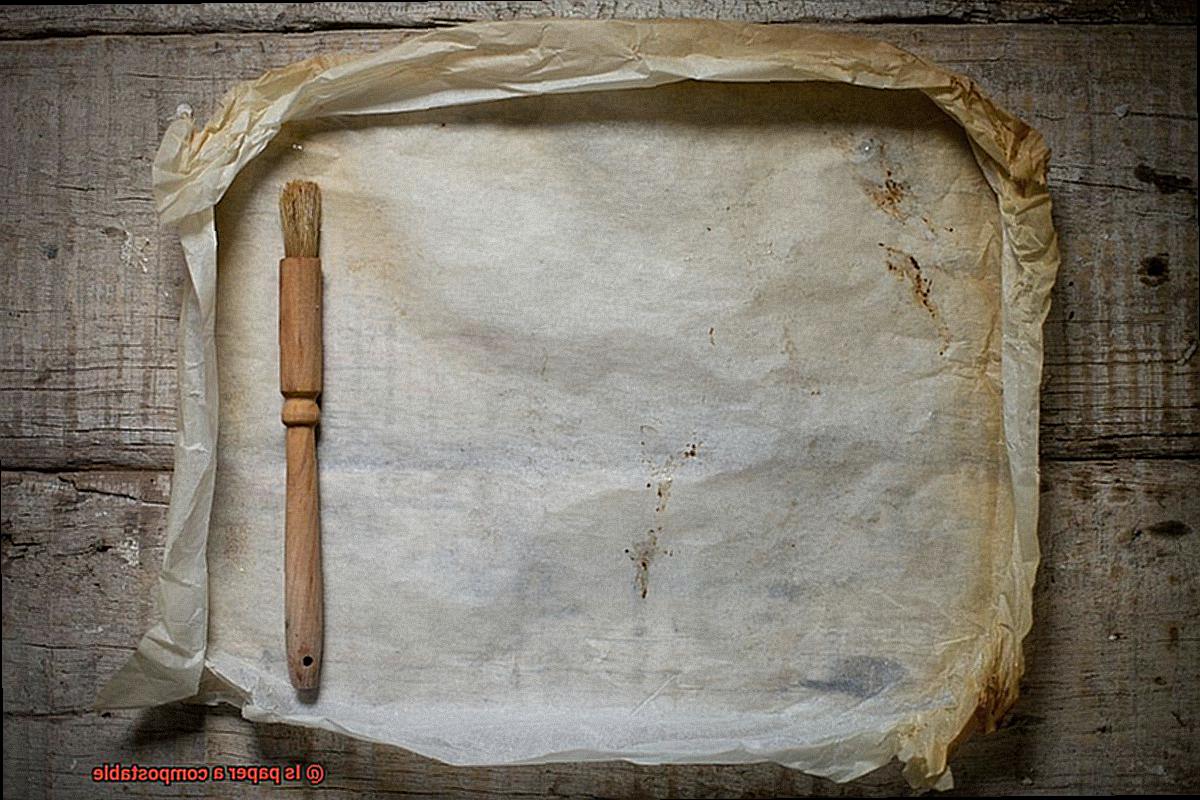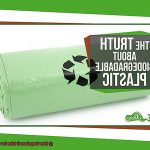Are you looking for ways to reduce your carbon footprint and make a positive impact on the environment? Composting is an excellent solution that helps minimize waste, reduce greenhouse gases, and produce natural fertilizers. However, when it comes to composting paper, many people are unsure if it’s possible or even beneficial.
If you’re one of those people, then you’ve come to the right place. In this blog post, we’ll explore the world of composting and answer all your burning questions about paper composting. From whether paper is biodegradable to what types of paper can be composted and how to do it properly – we’ve got you covered.
Paper is a ubiquitous material that we use every day for writing, printing, packaging, and so much more. But did you know that not all paper is created equal? Some types of paper can take years to decompose properly in a landfill, while others can break down quickly in a compost pile.
In this post, we’ll delve into the science behind composting and explain why certain types of paper are better suited for composting than others. We’ll also share some tips on how to prepare your paper for composting and what benefits you can expect from adding it to your pile.
In this post, you’ll have all the knowledge you need to start reducing waste and helping the environment by composting paper. So let’s get started.
Types of Compostable Paper
Contents
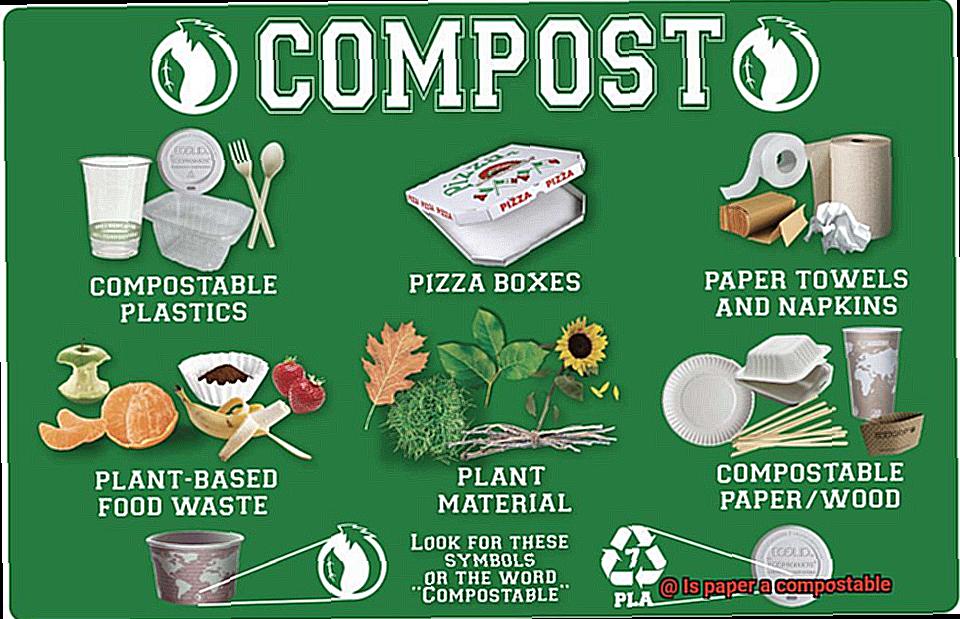
Composting paper is an excellent way to recycle paper products and reduce waste. But did you know that not all types of paper are suitable for composting? Let’s dive into the different types of compostable paper available on the market.
First up, we have paper products made from plant-based materials such as sugarcane, bamboo, and hemp. These eco-friendly alternatives to traditional wood-based paper require less energy and resources to produce, making them a more sustainable choice. What’s more, they can be composted and will break down into organic matter that can be used to fertilize soil.
Another type of compostable paper is recycled paper. Made from post-consumer waste, recycled paper is an excellent option for those looking to reduce their environmental impact. It reduces the need to cut down trees and uses less energy in the production process.
It’s important to note that not all paper products are compostable. Only those that are specifically designed for composting can break down in a composting environment. Therefore, it’s essential to ensure that the composting system being used can handle the particular type of compostable paper being used.
When choosing a compostable paper product, factors such as sustainability, environmental impact, and compatibility with your composting system should be taken into account. For example, if you have a home composting system, you may want to choose a paper product that breaks down quickly and easily.
Benefits of Composting Paper
Composting paper is one effective way to achieve this goal. But did you know that composting paper also has significant benefits for gardening and agriculture?
One of the most notable benefits of composting paper is its contribution to reducing waste and landfill space. By composting paper, we can transform what would have been trash into a valuable resource that benefits both people and the planet. Additionally, composting paper helps reduce methane gas emission into the atmosphere, a potent greenhouse gas that contributes to climate change.
Composting paper also improves soil quality by adding organic matter to the soil, which plays a crucial role in retaining moisture necessary for plant growth. Moreover, composted paper promotes the presence of beneficial microorganisms in the soil, which enhances plant growth and nutrient uptake.
Paper composting has another benefit as it can serve as a natural fertilizer for plants. When paper is composted, it breaks down into essential nutrients such as nitrogen, phosphorus, and potassium that are vital for plant growth. By using composted paper as a fertilizer, gardeners and farmers can reduce their reliance on synthetic fertilizers that can harm the environment.
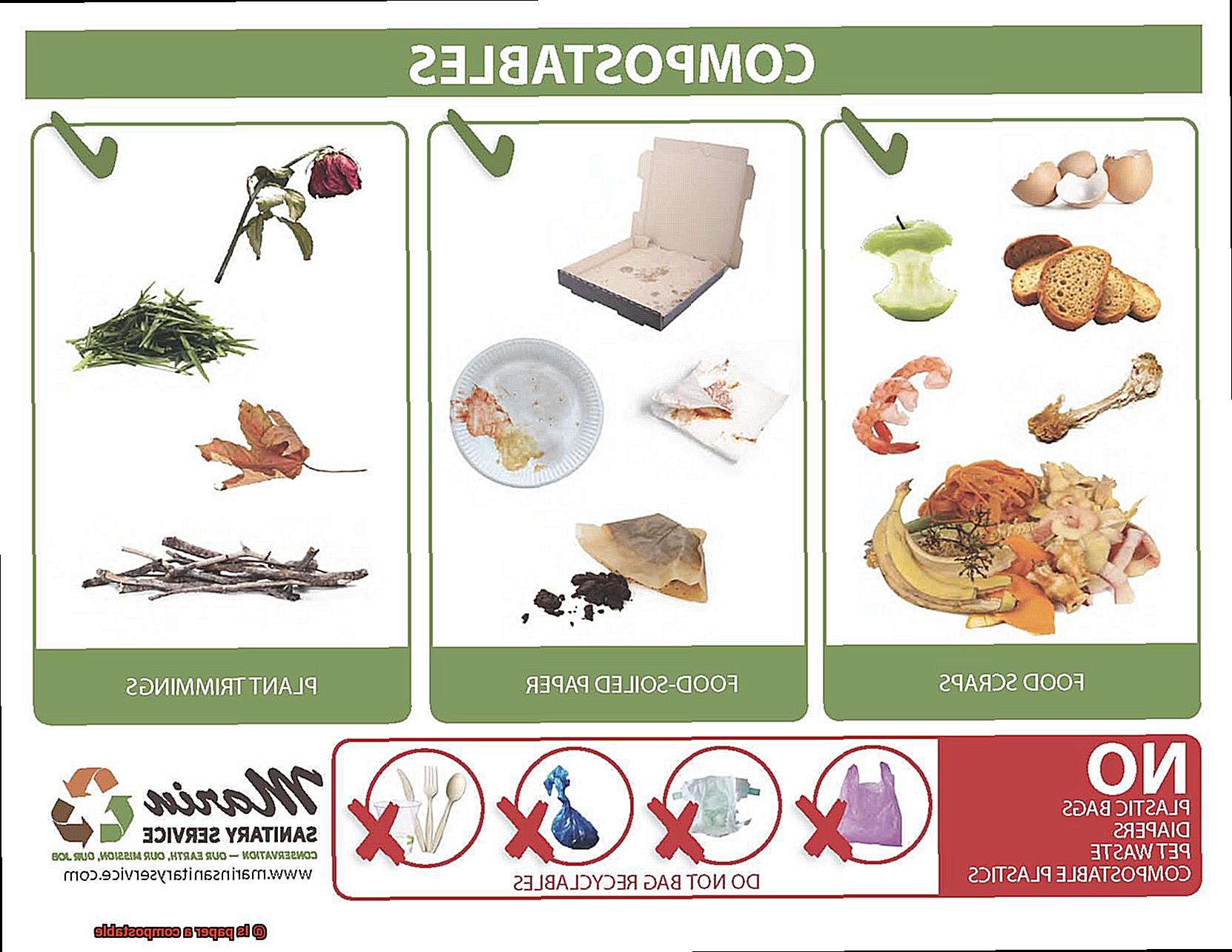
In addition to improving soil quality and serving as a natural fertilizer, composted paper also helps prevent soil erosion and runoff. Composted paper acts as a protective layer on the soil, preventing it from being washed away during heavy rain or strong winds. Furthermore, it creates a barrier between the soil and weed seeds, suppressing weed growth.
How to Properly Compost Paper
Composting paper is an excellent way to do both. However, not all paper types are created equal. Here are five important steps to ensure that you compost your paper correctly and effectively.
Shred the Paper
Microorganisms need a large surface area to break down paper effectively. Shredding the paper into small pieces increases its surface area and speeds up the composting process.
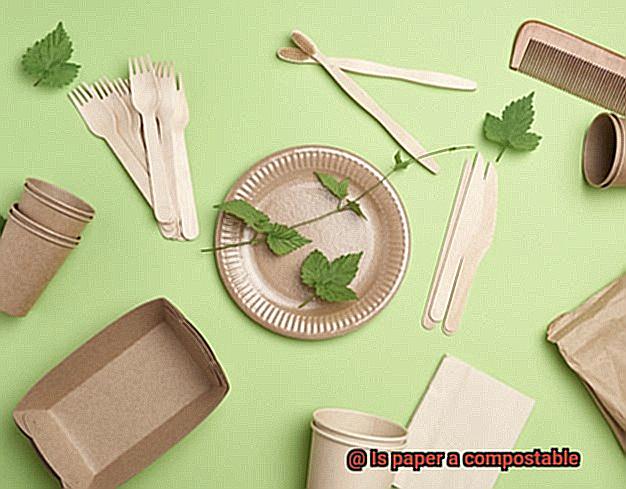
Mix with Other Organic Materials
Paper should be mixed with other organic materials like food scraps, leaves, or grass clippings to create a balanced mix of carbon and nitrogen. This balance helps microorganisms break down the material more efficiently.
Avoid Glossy or Coated Paper
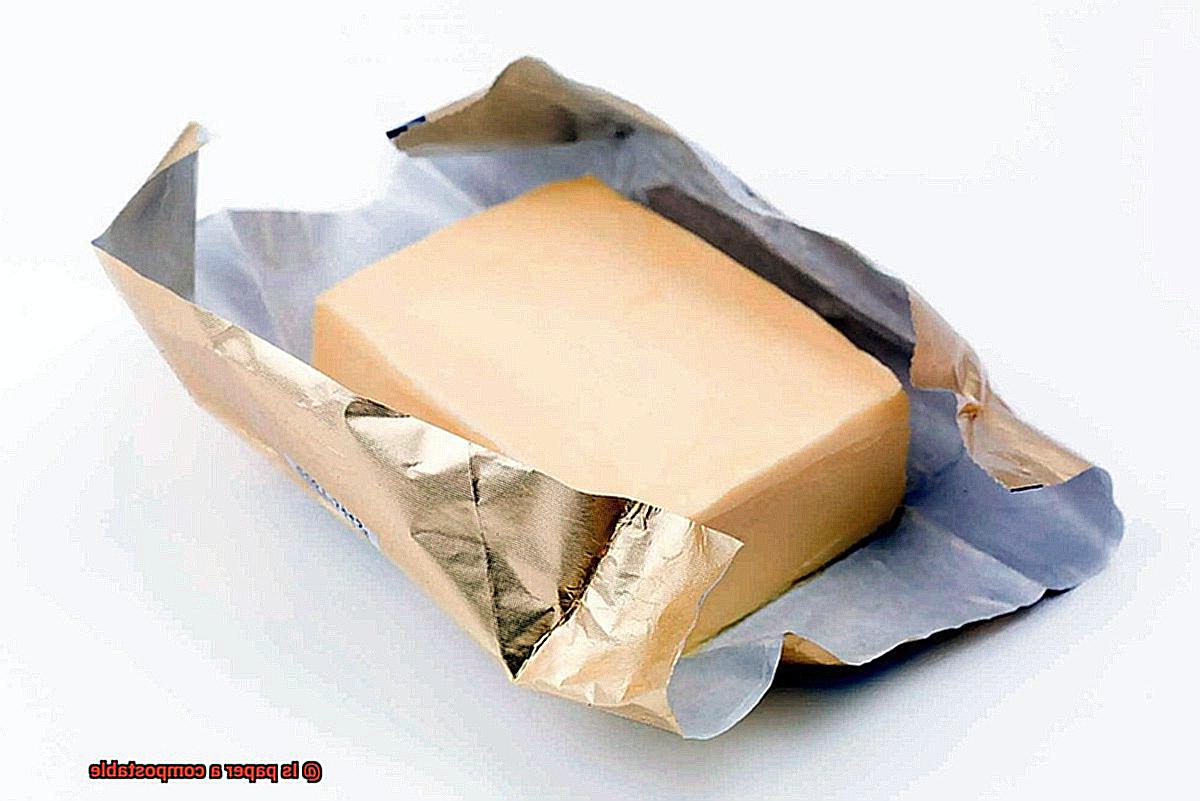
Glossy or coated paper contains chemicals that can harm the soil and plants. Only use unbleached, plain white or soy/vegetable-based inked paper for composting.
Monitor Moisture Levels
Paper should be moist but not too wet. Too much moisture can lead to anaerobic conditions, which can produce unpleasant odors and slow down the composting process.
Turn the Compost Regularly
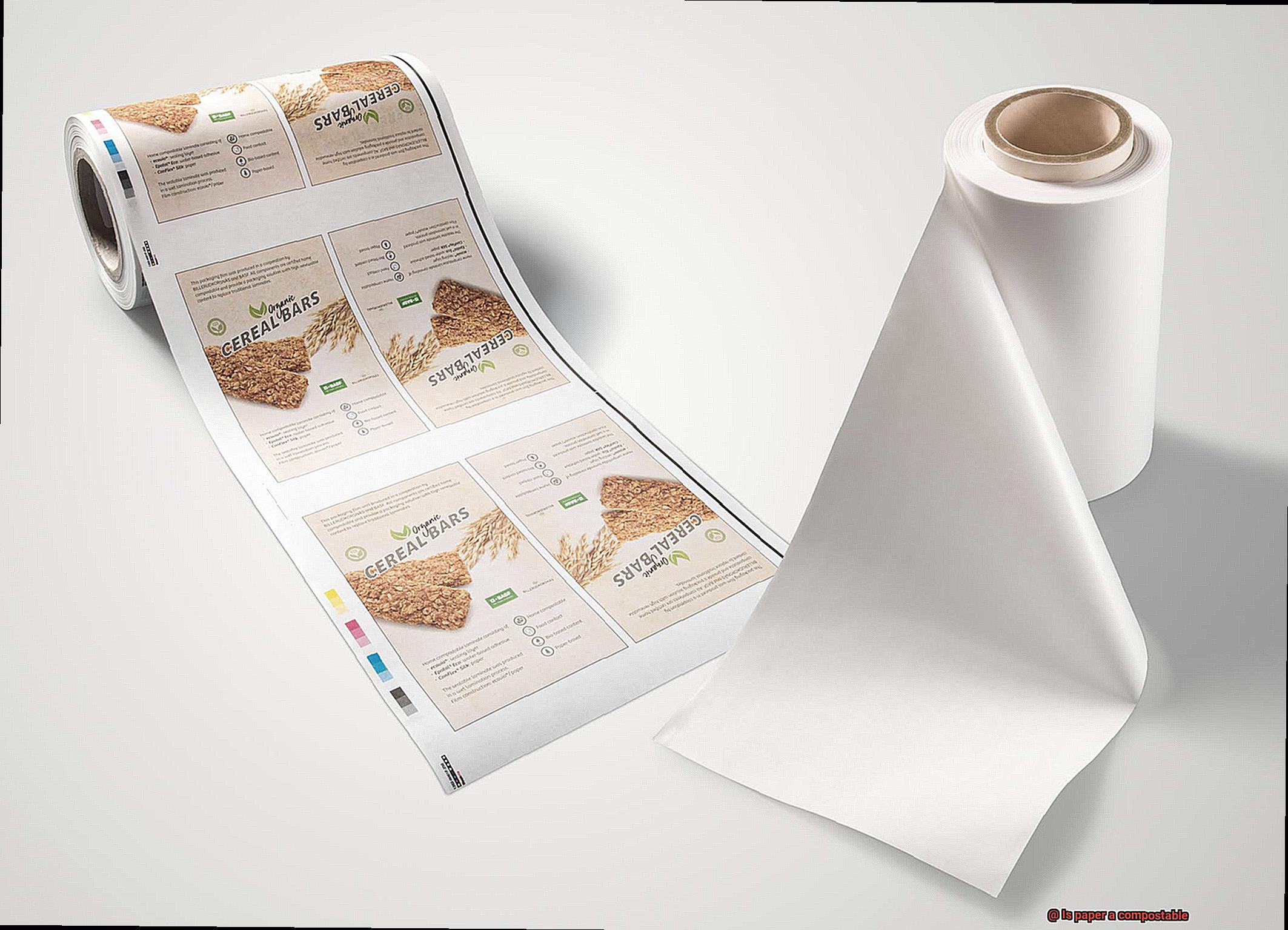
Turning the compost helps distribute moisture evenly throughout the pile and promotes even breakdown of materials.
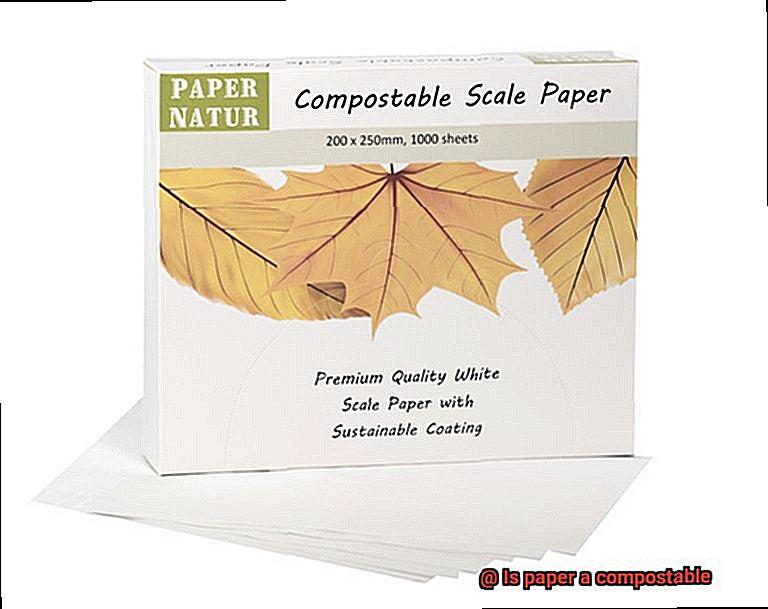
When composting paper, it’s essential to consider what type of ink was used in printing it. Paper printed with toxic inks or dyes should not be composted as it can contaminate the soil and harm plants. Stick with unbleached, plain white paper or paper printed with soy-based or vegetable-based inks.
Another important factor when composting paper is the size of the pieces. Shredding paper into small pieces prevents it from clumping together and creating air pockets in the compost pile.
Finally, keeping the compost pile moist and aerated is crucial. Water the pile regularly to keep it moist but not waterlogged, and turn it over every few weeks to introduce oxygen and prevent the formation of anaerobic bacteria.
What Not to Compost
Composting is a fantastic way to transform your food scraps and yard waste into nutrient-rich soil for your garden. However, not all materials are created equal when it comes to composting. In this section, we’ll explore what materials should be kept out of your compost pile.
Firstly, it’s important to note that not all paper products are suitable for composting. Glossy or coated paper, such as magazines or flyers, should be avoided because they contain chemicals that can harm the microorganisms responsible for breaking down organic matter. This can negatively impact the health of your compost and ultimately your garden.
Meat, dairy products, and oily foods should also be kept out of your compost pile. These materials can attract pests and rodents, emit unpleasant odors, and take longer to break down. Plus, they can create an unbalanced mix of carbon and nitrogen in your compost, which can slow down the decomposition process.
Another material to avoid in your compost pile is pet waste, such as cat litter or dog feces. These materials can contain harmful bacteria and parasites that can linger in your soil and potentially harm your plants.
It’s also crucial to keep plastics, metals, and glass out of your compost pile. These materials don’t break down and can contaminate the soil when added to the compost pile. Not only that, but they can also harm the environment if they end up in our waterways or natural habitats.
Lastly, diseased plants, weeds with seeds or rhizomes, and invasive species should be avoided as they can spread diseases and pests. You don’t want any unwanted guests making their way into your garden.
How Long Does it Take for Paper to Break Down in a Compost Pile?
When it comes to composting, paper is a great source of carbon. But not all types of paper are created equal. Glossy paper or paper that has been treated with chemicals should not be composted, as they can release harmful toxins into the environment. However, uncoated paper such as newspaper or printer paper can be composted.
So how long does it take for paper to break down in a compost pile? The answer depends on various factors such as the type of paper, the size of the pieces, and the conditions of the compost pile. Generally speaking, it can take anywhere from a few weeks to several months for paper to break down.
But don’t worry, there are ways to speed up the process. Shredding the paper into smaller pieces will help it decompose faster. Adding nitrogen-rich materials such as food scraps or grass clippings will also accelerate the breakdown process. Maintaining proper moisture levels is also critical to ensure that the compost pile remains healthy and active.
But remember, paper should not be the only source of carbon in your compost pile. Be sure to add in other sources such as dried leaves or wood chips to maintain a healthy balance of carbon and nitrogen.
Potential Hazards of Incorrectly Composting Paper
While it’s true that paper can be a fantastic addition to your compost pile, it’s essential to understand that not all paper is created equal. If not composted correctly, paper can cause significant problems and have dangerous consequences.
One of the most significant hazards of incorrectly composting paper is the release of methane gas. Methane gas is a powerful greenhouse gas that contributes to climate change. This happens when paper is not adequately broken down, and the microorganisms responsible for decomposition produce methane gas as a byproduct. To prevent this, ensure that you shred the paper into small pieces and mix it with other organic materials like food scraps and yard waste. This will help ensure that the paper is adequately broken down and doesn’t produce methane gas.
Another potential hazard of incorrectly composting paper is the release of toxic chemicals into the soil. This happens when paper products containing inks, dyes, or other chemicals are composted. These chemicals can leach into the soil and contaminate it, potentially harming plants and other organisms. To avoid this, it’s crucial to avoid composting paper products that contain non-biodegradable materials.
Moreover, if paper is composted with other materials that are not biodegradable, such as plastics or metals, it can lead to contamination and render your compost unusable. These materials will not break down and can remain in the compost, potentially causing harm to plants if used as fertilizer.
1VNSvkZ_D_c” >
Conclusion
To sum up, composting paper can be an incredible way to minimize waste and make a positive impact on the environment. However, not all paper types are created equal when it comes to composting. It’s crucial to select the right paper type for your compost pile and ensure that it’s prepared correctly.
The benefits of composted paper are enormous, including decreasing waste and greenhouse gas emissions while enhancing soil quality and promoting plant growth. Gardeners and farmers can reduce their dependence on synthetic fertilizers that can harm the environment by using composted paper as a natural fertilizer.
To compost paper properly, you should shred it into small pieces, mix it with other organic materials, and keep an eye on moisture levels. Avoid glossy or coated paper since they contain chemicals that can harm the soil and plants.
It’s also essential to keep specific materials out of your compost pile, such as meat, dairy products, pet waste, plastics, metals, and glass. These materials don’t break down and can contaminate the soil when added to the compost pile.
Finally, it’s crucial to understand potential hazards associated with incorrectly composting paper. For example, methane gas release from improperly broken down paper or toxic chemical leaching from inked or dyed papers could pose risks.
